Space pictures! See our space image of the day
Starship launches on Test Flight 8
Reflections of a comet
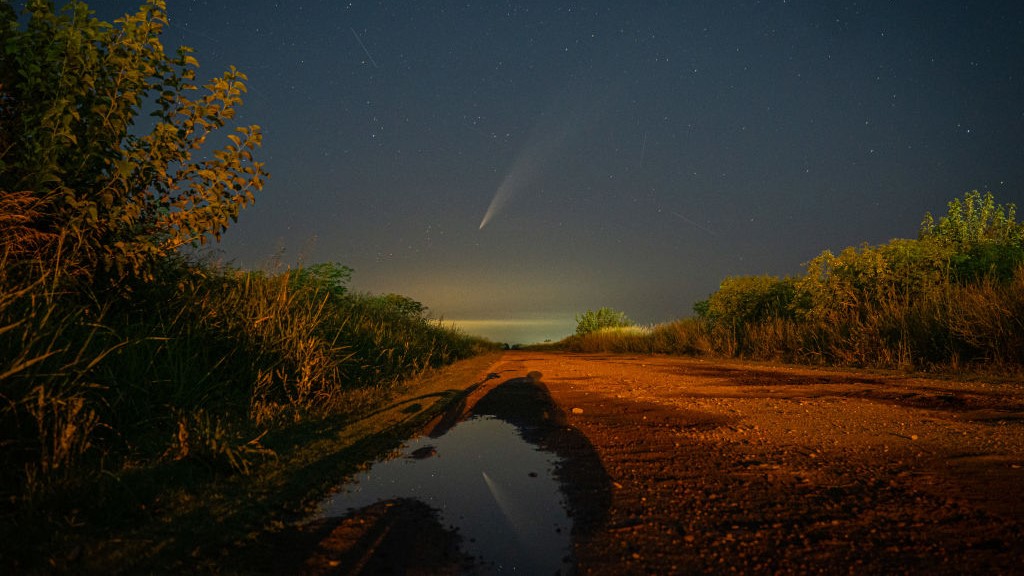
Thursday, January 30, 2025: The fleeting Comet C/2024 G3 (Atlas) tried escaping over the horizon in the photograph shot by Patricio Murphy, but it was caught in the reflection of the puddle seen along the dirt in the foreground, near Firmat, Argentina. A comet that is visible during the daytime is a very unusual occurrence. In the last 100 years, only four other comets were sighted in daylight conditions: Comet Skjellerup-Maristany (1927); Comet Ikeya-Seki (1965); Comet West (1976) and Comet McNaught (2007).
Read more: Why Comet G3 (ATLAS) will be 'remembered as the Great Comet of 2025' (photos)
A colossal coronal hole
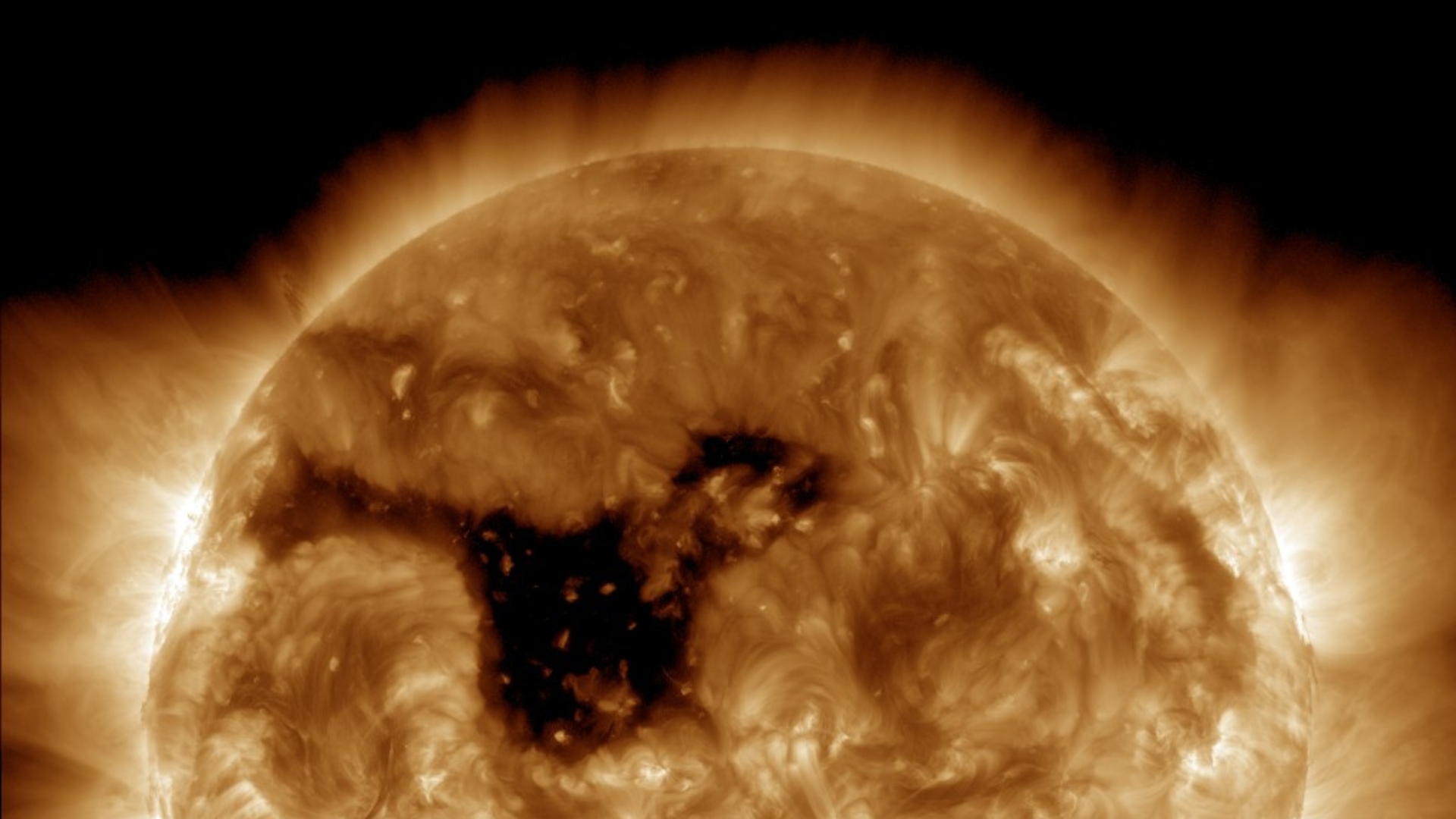
Wednesday, January 29, 2025: A colossal coronal hole, nearly 500,000 miles (800,000 kilometers) wide, has opened in the sun's atmosphere, spewing fast-moving solar wind toward Earth. The solar wind escaping from this coronal hole — the diameter of which measures over 62 times that of the diameter of our planet — is moving at speeds of more than 310 miles per second (500 kilometers per second), and is expected to reach Earth by Jan. 31, when it could spark minor (G1) geomagnetic storm conditions. While these storms are not severe, they can intensify auroral displays, creating vibrant northern and southern lights at higher latitudes. — Daisy Dobrijevic
Stretched stars and streaking cities
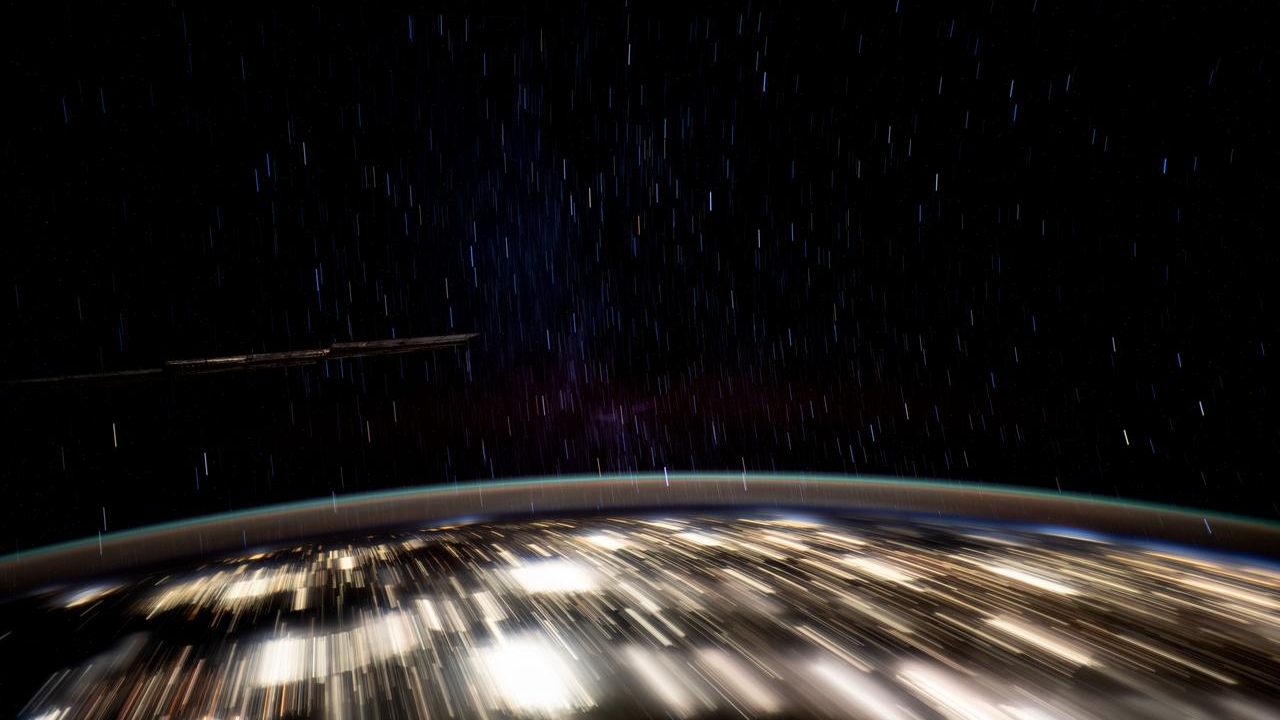
Tuesday, January 28, 2025: In an image captured at the end of last week, NASA has brought us another wonderfully crafted photograph from astronaut Don Pettit, aboard the International Space Station (ISS). Not a lot of information is available about the photo, other than it was captured on Jan. 23, using a Nikon Z 9 camera and a 24mm lens. The images EXIF data (Exchangeable Image File Format) indicates the photo was taken at 04:56:19 GMT, at which time (according to isstracker.com) the ISS was flying above North America, approaching over the city of Mérida, capital of the Mexican state of Yucatán. The 20-second exposure streaks the city lights below and the stars above the thin layer of atmosphere glowing above the dimly-lit earth.
Supersonic jet lights the fire
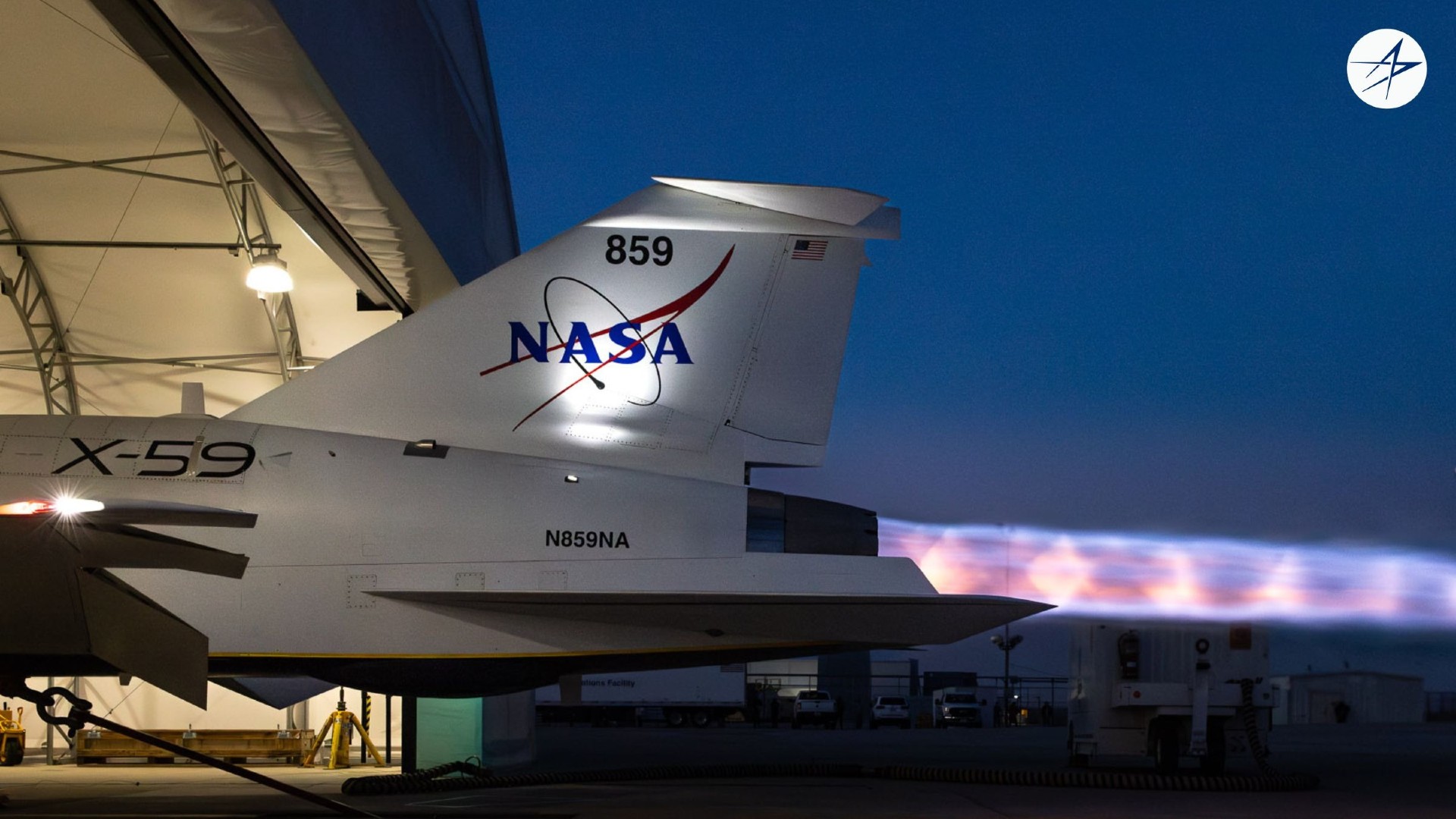
Monday, January 27, 2025: Both NASA and Lockheed Martin recently released photos of the X-59 "quiet" supersonic jet conducting tests of its afterburner, a system that injects extra fuel into the hot exhaust of a jet engine. Lockheed Martin has been building the X-59 for NASA, as part of a project to develop a "quiet" supersonic aircraft that can break the sound barrier without producing the thunderous sonic booms typically associated with faster-than-sound flight. In the new photos, the X-59 sits in a hangar at Lockheed Martin's storied Skunk Works facility in Palmdale, California while performing afterburner engine run tests.
Read more: NASA's new supersonic X-59 jet hits the afterburner (photos)
Get the Space.com Newsletter
Breaking space news, the latest updates on rocket launches, skywatching events and more!
SpaceX Falcon 9 booster touches down!
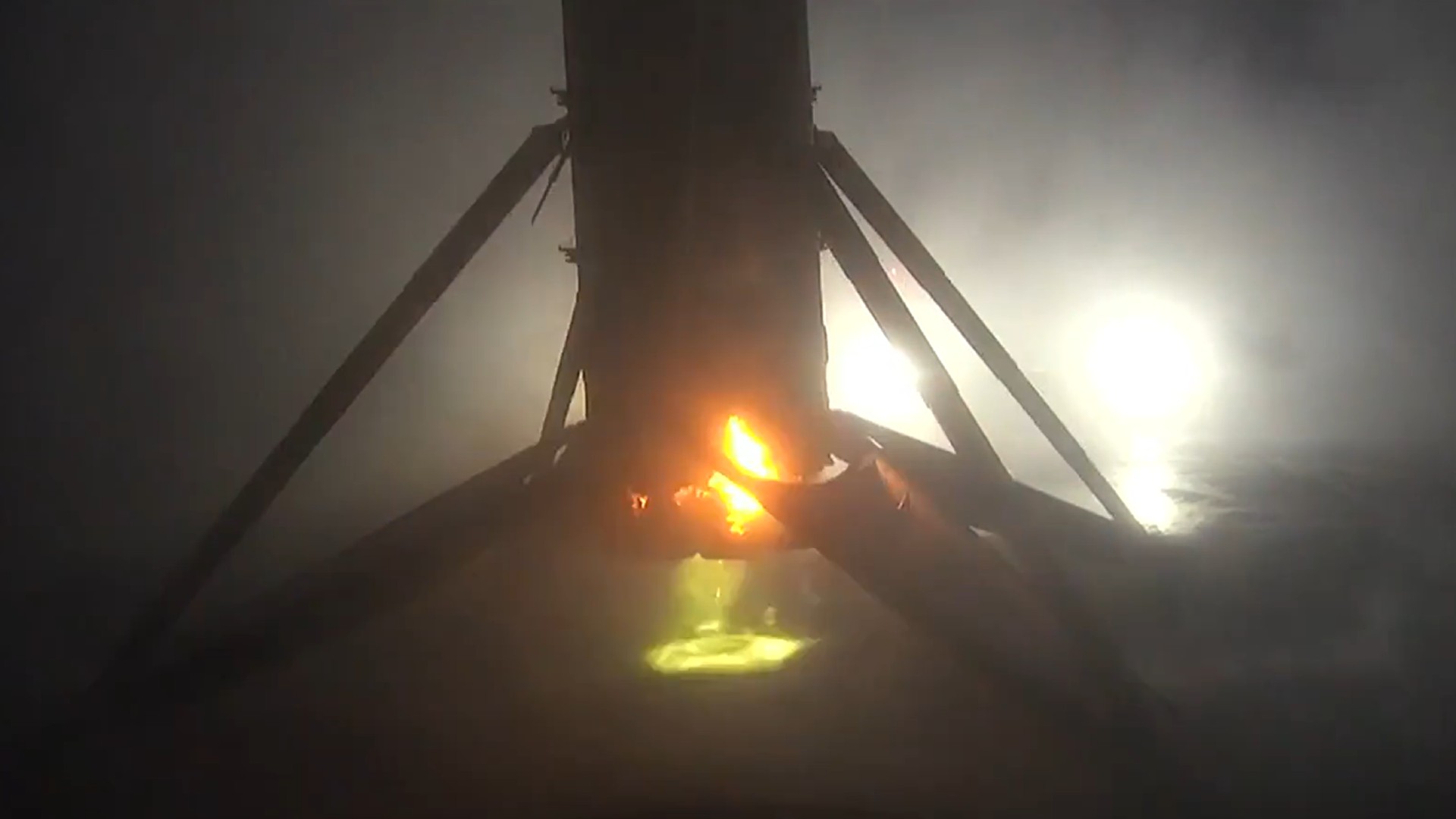
Friday, January 24, 2025: A SpaceX Falcon 9 booster touched down on the drone ship "Of Course I Still Love You" early Friday morning.
The landing took place around eight minutes after the Falcon 9 had blasted off from Vandenberg Space Force Base at 9:07 a.m. EST (1407 GMT; 6:07 a.m. local time).
The purpose of the mission was to deliver 23 Starlink satellites to orbit. The operation marked the 401st time SpaceX had successfully recovered an orbital-class booster.
Read more: SpaceX launches 23 Starlink satellites on 11th Falcon 9 rocket of 2025 (video)
Andromeda! Hubble's largest mosaic.

Thursday, January 23, 2025: Astronomers announced last week that they had completed a decade-long, meticulous effort to assemble a full portrait of our neighboring galaxy, Andromeda. The result is a stunning panoramic view that provides the most detailed image yet of the entire galaxy. Astronomers took on the painstaking task of stitching together Hubble Space Telescope images of the galaxy over the past ten years. The final image captures the glow of nearly 200 million stars across Andromeda, marking this the largest ever portrait assembled from Hubble telescope observations. — Sharmila Kuthunur
Read more: Hubble Space Telescope reveals richest view of Andromeda galaxy to date (image)
A 'Great Dragon' in the Pelican Nebula
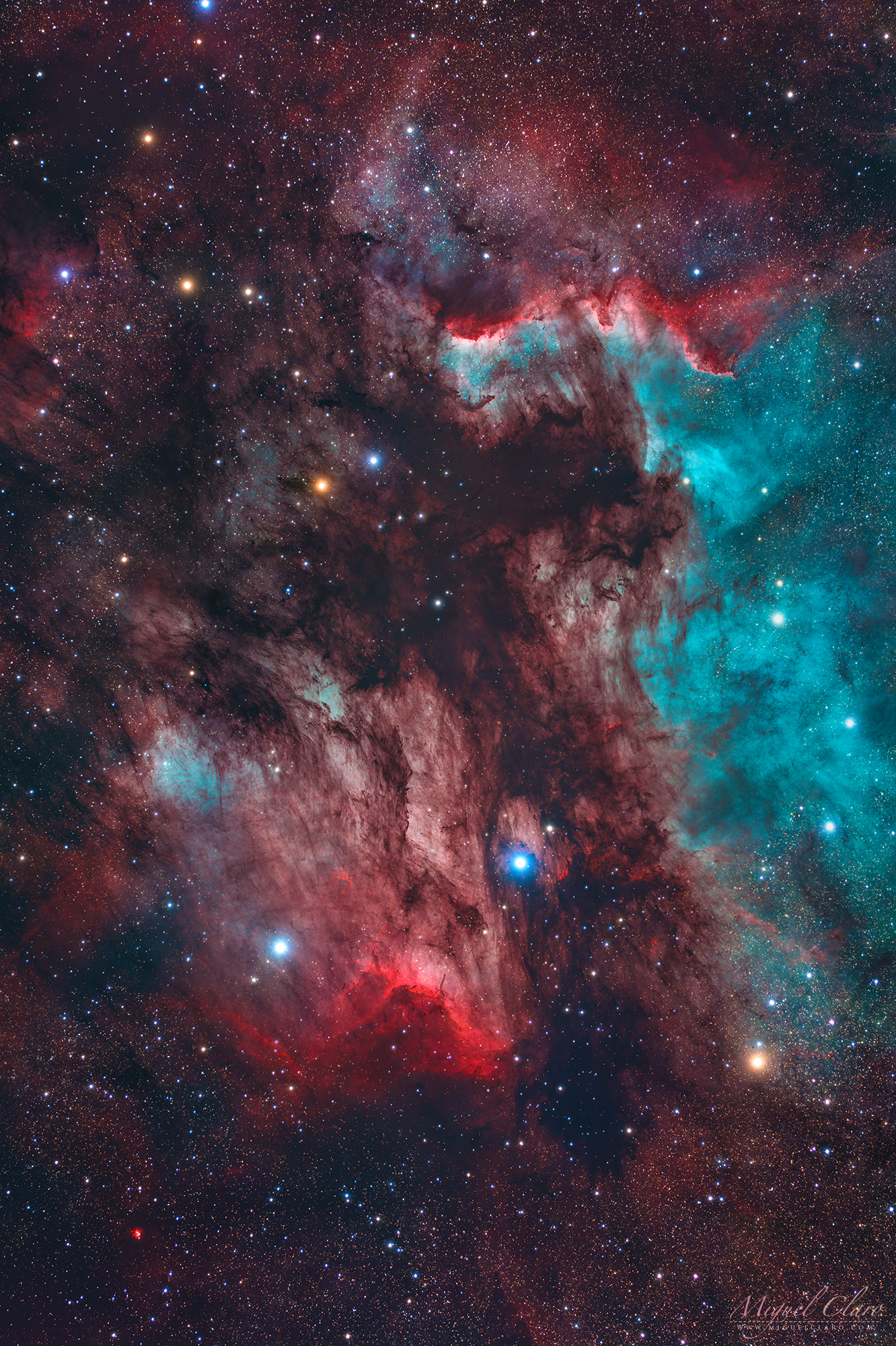
Wednesday, January 22, 2025: This image, named "Great Dragon of Pelican," features a dark region of space found between the Pelican Nebula and the Cygnus Wall, which are both part of the often-photographed North America Nebula in the constellation Cygnus. Few images, though, – offer a real portrait of the "hidden" Dragon in all its glory, emphasized here in the dragon-like shape in the photograph's framing. — Miguel Claro
Read more: Astrophotographer captures a 'Great Dragon' in the Pelican Nebula (photo)
Nice rays, Nick Hague.

Tuesday, January 21, 2025: During a recent spacewalk, NASA astronaut and Expedition 72 Flight Engineer Nick Hague turned the camera back toward himself for a quick space-selfie. Reflected in his helmet visor is the Neutron star Interior Composition Explorer (NICER) X-ray telescope mounted to the outside of the space station. Hague worked to repair NICER, before he and Expedition 72 commander Suni Williams inspected the Alpha Magnetic Spectrometer (AMS) during a six-hour EVA (extravehicular activity) on Thursday (Jan. 16).
Read more: Astronauts repair black hole observatory, inspect cosmic ray detector on ISS spacewalk
Blue Origin's New Glenn looks stunning shrouded in red smoke upon launch
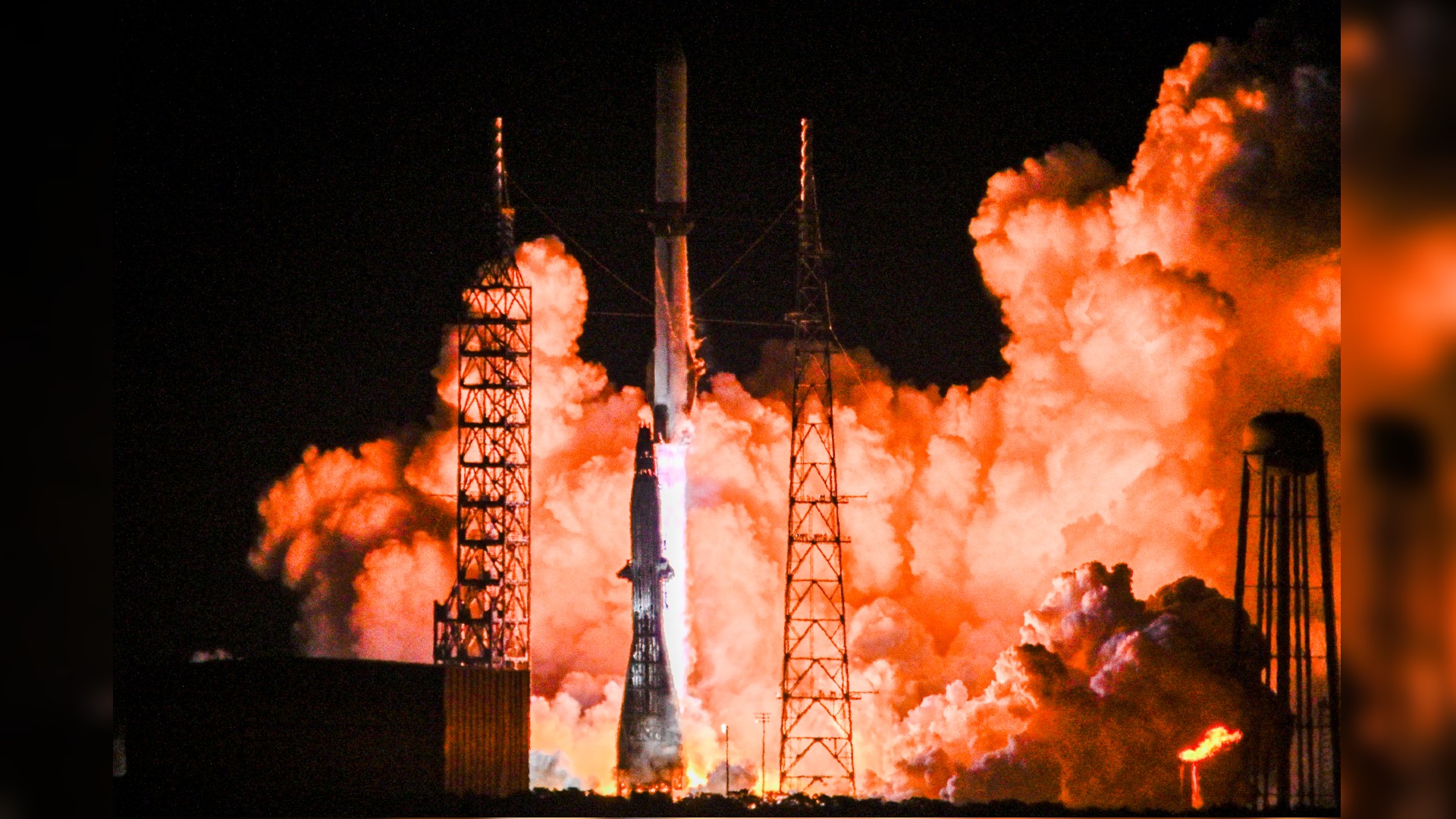
Thursday, January 16, 2025: Jeff Bezos' Blue Origin massive New Glenn rocket looked absolutely stunning in this dramatic image taken during launch.
New Glenn blasted off on its virgin flight at 2:03 a.m. EST (0703 GMT) on Thursday (Jan. 16) from Cape Canaveral Space Force Station on Florida's Space Coast.
"We got to orbit safely,” Ariane Cornell, vice president of in-space systems at Blue Origin, said in the company's launch webcast. "Congratulations, everybody. What a day!"
Read More: Jeff Bezos' Blue Origin launches massive New Glenn rocket into orbit on 1st flight (video)
Space X launches two lunar landers igniting a fiery trail in the sky
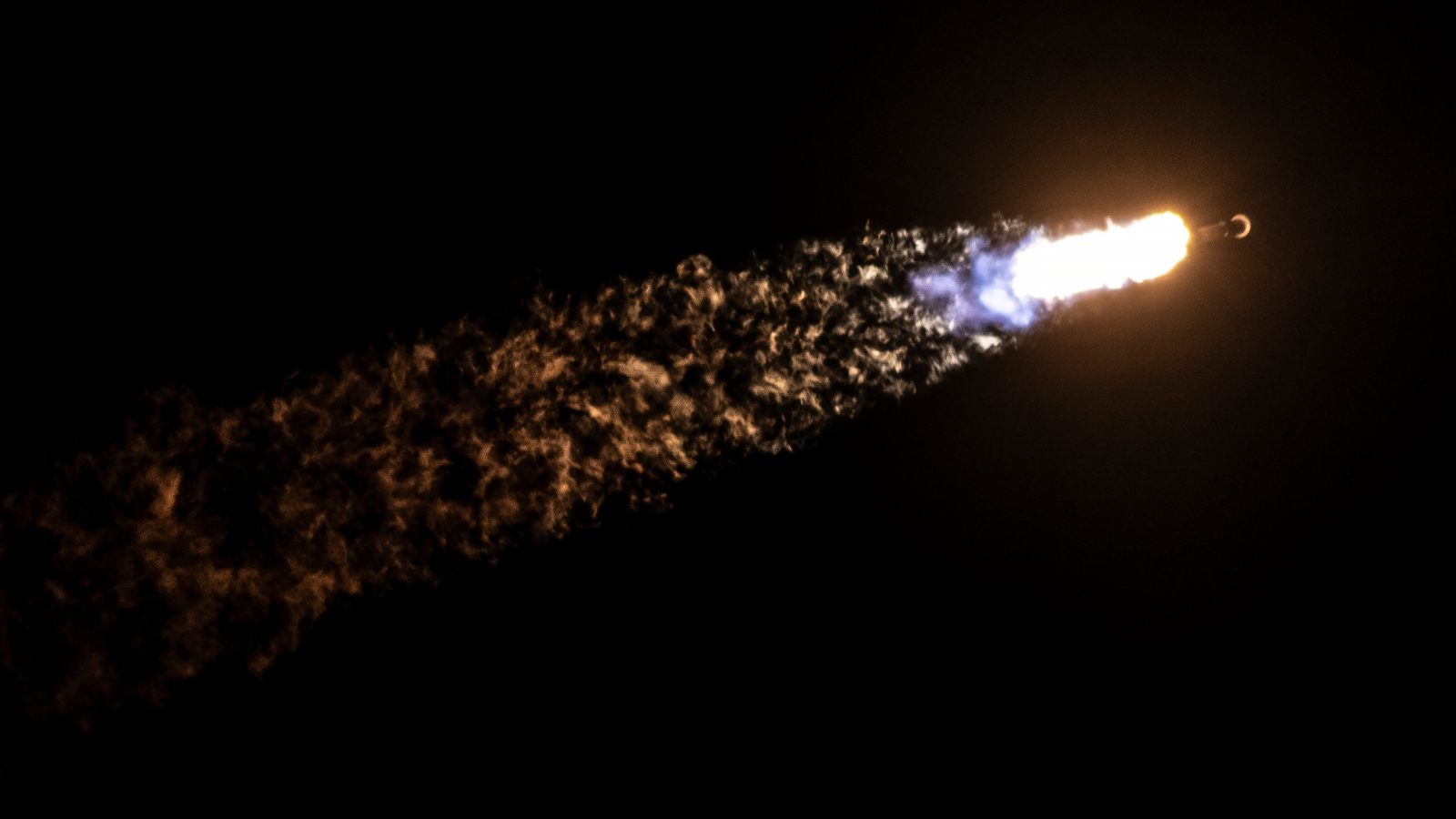
Wednesday, January 15, 2025: A Falcon 9 rocket cuts a blazing smoky trail across the early morning sky over the Florida Space Coast this morning.
The Falcon 9, which launched at 1:11 a.m. EST (0611 GMT) from NASA's Kennedy Space Center (KSC), was carrying not one but two private lunar landers,
Firefly Aerospace's Blue Ghost and iSpace's Resilience.
Around 8.5 minutes after launch, the Falcon 9's first stage returned to Earth, touching down on SpaceX's droneship, "Just Read the Instructions," stationed in the Atlantic Ocean.
Read More: SpaceX launches 2 private lunar landers to the moon (photos)
Zodiacal light and the Milky Way captured from the International Space Station

Tuesday, January 14, 2025: NASA astronaut Don Petit captured a stunning image of zodiacal light and our home galaxy, the Milky Way, from the International Space Station (ISS).
Petit shared the image on his X feed, writing: "One photo with Milkyway, Zodiacal light, @Starlink satellites as streaks, stars as pinpoints, the atmosphere on edge showing OH emission as burned umber (my favorite Crayon color), soon to rise sun, and cities at night as streaks. Taken two days ago from Dragon Crew 9 vehicle port window."
Zodiacal light is a somewhat mysterious faint, elongated cone-shaped emission that can sometimes seen in the night sky. The prevailing theory is that this emission is caused by sunlight reflected off particles of ice and dust within the plane of the solar system.
Orbital sunrise

Monday, January 13, 2025: Seeing Earth from space never disappoints.
That's been especially true over the last several months, as the International Space Station (ISS) has welcomed NASA astronauts who are so enthusiastic about astrophotography aboard the orbital laboratory.
This photograph was taken from the ISS as the station orbited some 259 miles (416 km) above the Pacific Ocean, around 500 miles (804 km) north of the Hawaiian islands. The photo captures the terminator, the line that separates night from day on Earth.
Hey, Mercury... just passing through
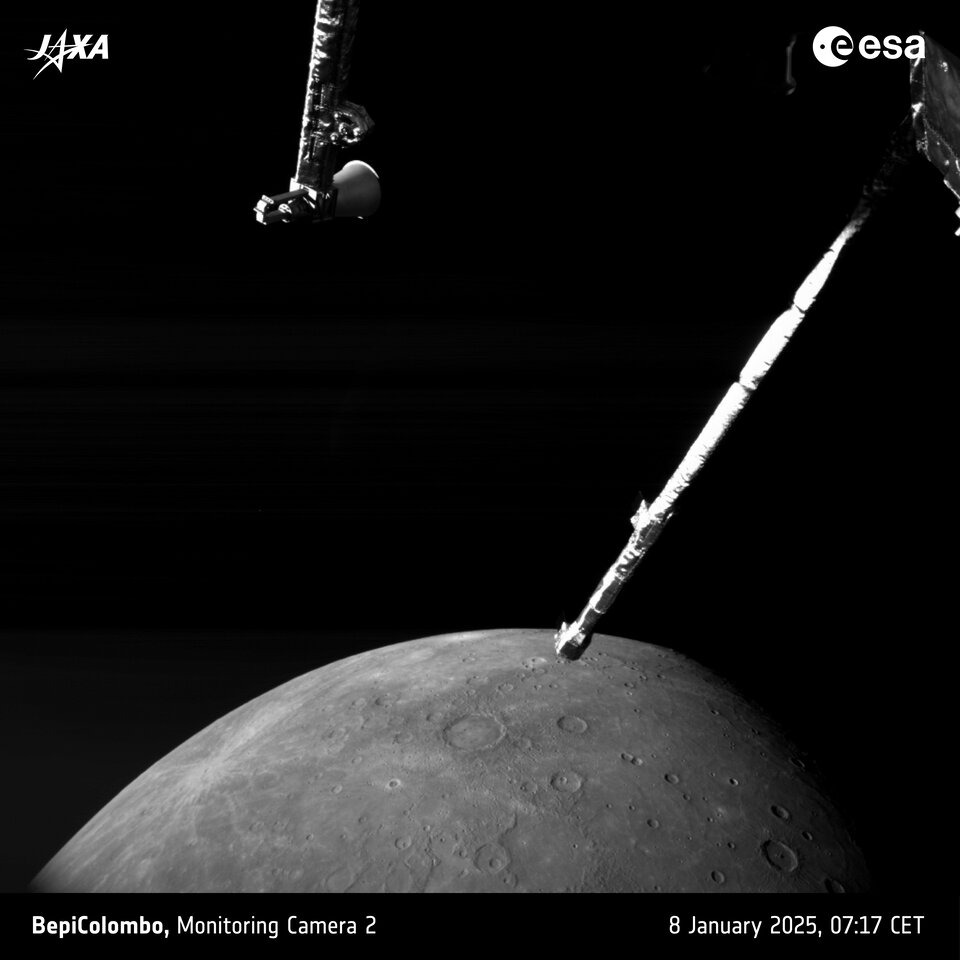
Friday, January 10, 2025: The BepiColombo spacecraft has made its sixth and final flyby of the closest planet to the sun, Mercury, capturing some incredible images of the tiny world. The photos offer tantalizing hints about some of the mysteries BepiColombo will investigate when it moves into orbit around the planet next year. During the flyby, BepiColombo, which was launched on Oct. 20, 2018, came to within around 185 miles (295 kilometers) of Mercury's nightside, facing away from the sun. Around seven minutes later, the ESA/JAXA spacecraft flew over the tiny planet's north pole. — Robert Lea
Read more: Mercury looks stunning in images from BepiColombo spacecraft's 6th and final flyby
Starship in the dead of night

Thursday, January 9, 2025: SpaceX is gearing up for the next test flight of its Starship megarocket, with just a few days to go. The company rolled Starship's 165-foot-tall (50-meter-tall) upper stage — known as Starship, or simply "Ship" — out to the launch pad at its Starbase site in South Texas early this morning. SpaceX founder and CEO Elon Musk announced the milestone in a post on X. That update featured this photo and others of the transport, which occurred during predawn hours. — Mike Wall
Read more: SpaceX rolls Starship out to pad ahead of Flight 7 test launch (photos)
Wildfire furry seen from space

Wednesday, January 8, 2025: California, and the National Oceanic and Atmospheric Administration's (NOAA) satellites continue to monitor the location of the fire and smoke across the region. The Palisades Fire, which began Tuesday morning (Jan. 7), grew to just under 3,000 acres in less than 24 hours. Tens of thousands of people have been forced to evacuate their homes and businesses, with more evacuation orders likely to be issued with the continued threat of powerful wind gusts.
NOAA has two different types of satellites working in tandem to keep a watchful eye on the wildfire; Geostationary Operational Environmental Satellite (GOES) and the Joint Polar Satellite System (JPSS). In the time lapse captured by NOAA's GOES-18 satellite, pictures from its Advanced Baseline Imager (ABI) show the location of the fire, how it grew in size and intensity over time, and where the winds were blowing the smoke plume. — Meredith Garofalo
Read more: Satellites watch as LA wildfires burn out of control in California (video)
In a star-studded galaxy far, far away...
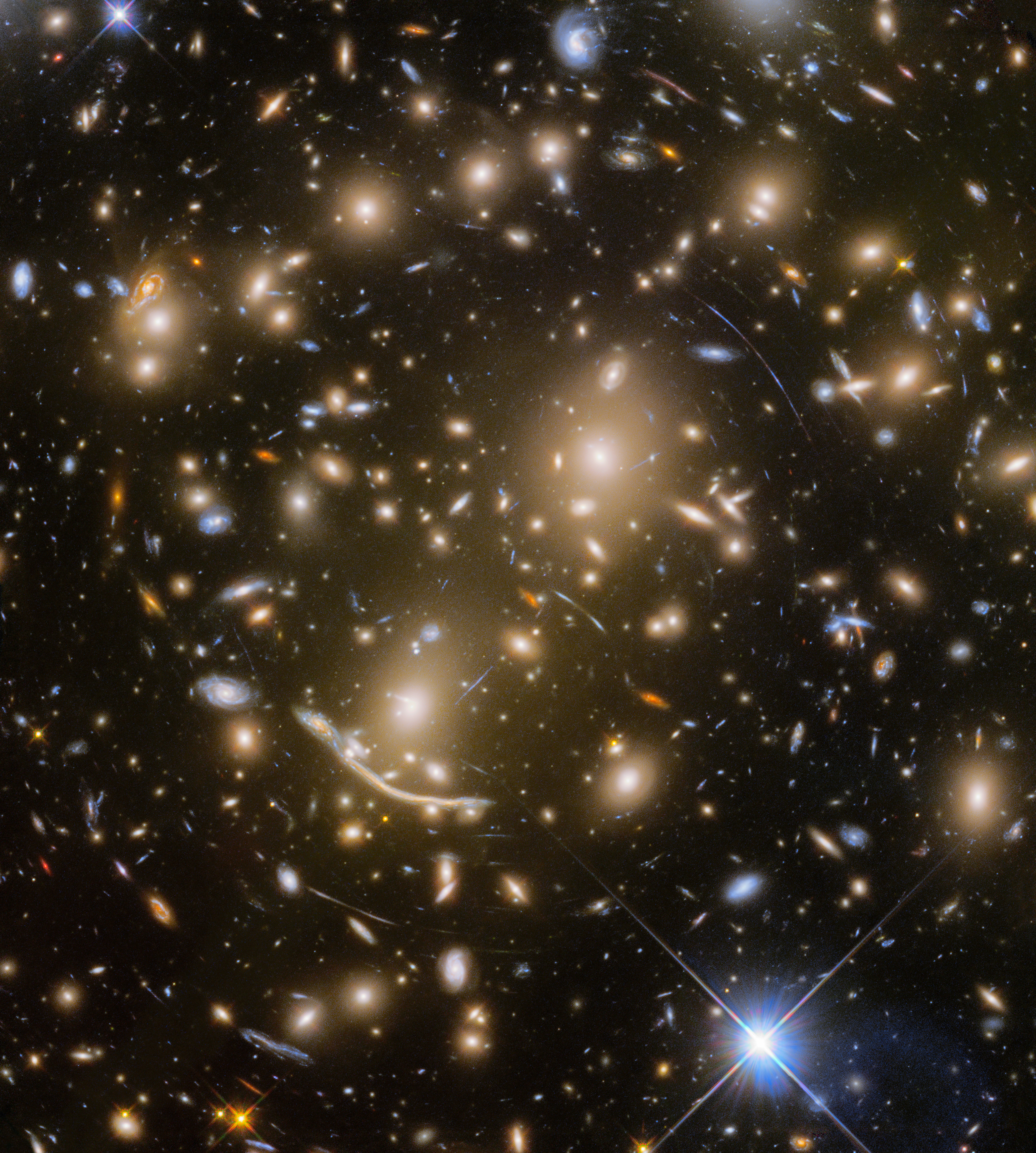
Tuesday, January 7, 2025: New year, new milestone: A cosmic quirk of nature has allowed the James Webb Space Telescope (JWST) to capture images of 44 individual stars in a galaxy halfway across the observable universe — this region is so distant that astronomers once deemed identifying individual stars in it impossible, like using binoculars to spot dust grains inside craters on the moon. — Sharmila Kuthunur
Read more: James Webb Space Telescope spots record-breaking collection of stars in far-flung galaxy
Sol 1379: A Martian sunrise

Monday, January 6, 2025: The blazingly bright sun glares into the lens of Left Navigation Camera (Navcam) of NASA's Perseverance rover on Mars. Shining above the rolling hills of the red planet, the sun is seen here, over-exposed, hanging in the hazy Martian sky.
Perseverance sent this image back to Earth yesterday, on Sol 1379 — the number of Martian days the rover has been on the planet.
Related: Up and over! NASA's Mars rover Perseverance reaches rim of its Jezero Crater home (video)
Aurora Borealis keeps Santa awake in his down time

Friday, January 3, 2025: Don't you just hate it when you finish a long shift at work and some disturbance keeps you from nabbing some much-needed Zs? If so, spare a thought for Santa.
No sooner does St. Nick return to his home in Lapland for a well-earned rest after his annual Christmas Eve delivery schedule and the Northern Lights light up the skies with a breathtaking display. This light show, also known as the "Aurora Borealis," was captured on Wednesday (Jan. 1) from a ski slope in Levi, Lapland.
Rivaling any human-orchestrated firework display set for the New Year, this cosmic light show came courtesy of charged particles from the sun, blasted out in two coronal mass ejections (CME), striking Earth's planet-encompassing magnetic field.
Should Santa have attempted to get some rest from these unignorably stunning auroral displays, moving further south would have done little good. The celestial fireworks stretched as far toward the equator as California in the U.S., Austria, and Germany in Europe.
Read More: New Year's northern lights delight as powerful solar storms spark auroras across central US and Europe (photos)
Blue Origin fires up New Glenn rocket
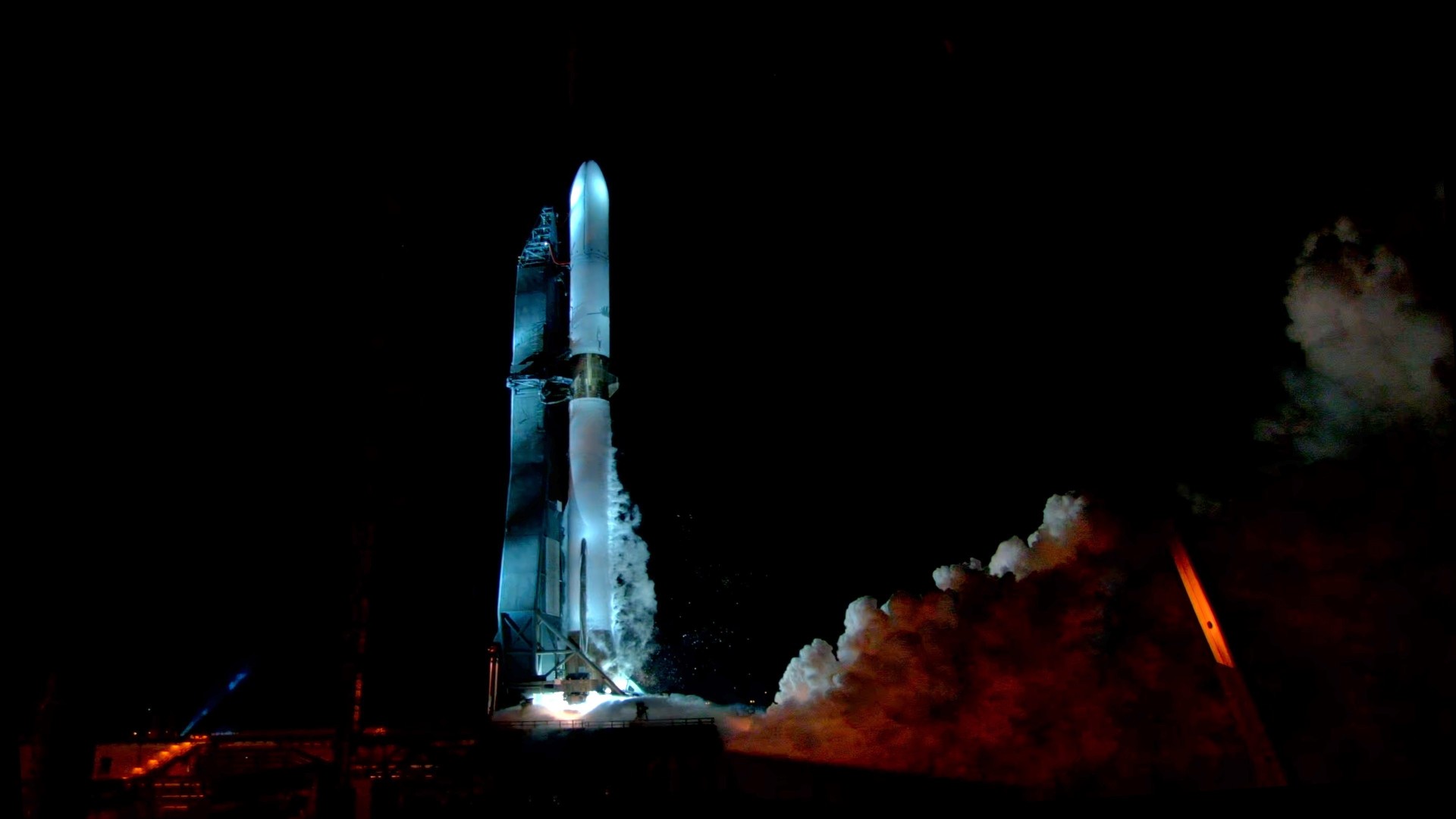
Thursday, January 2, 2025: Blue Origin conducted the first hot fire test of its fully integrated New Glenn rocket on Dec. 27, 2024.
The 24-second test saw the upcoming New Glenn rocket fire all seven of its engines, the first time the company "operated the entire flight vehicle as an integrated system," Blue Origin wrote in an update.
The hotfire test comes ahead of New Glenn's planned first launch, which could some as soon as this month. The mission, known as NG-1, will see the massive new rocket launch the Blue Ring Pathfinder, a demonstrator for Blue Origin's versatile new spacecraft bus designed to deliver payloads to geostationary orbit (GEO) and beyond.
Read more: Blue Origin hot fires New Glenn rocket for first time and scores FAA license for test launch
Can't find the date you're looking for? It may have been a weekend or holiday, when we don't normally update our Image of the Day. Check out the IOD Archives for more!
Image of the Day Archives
Image of the Day 2024 Archive
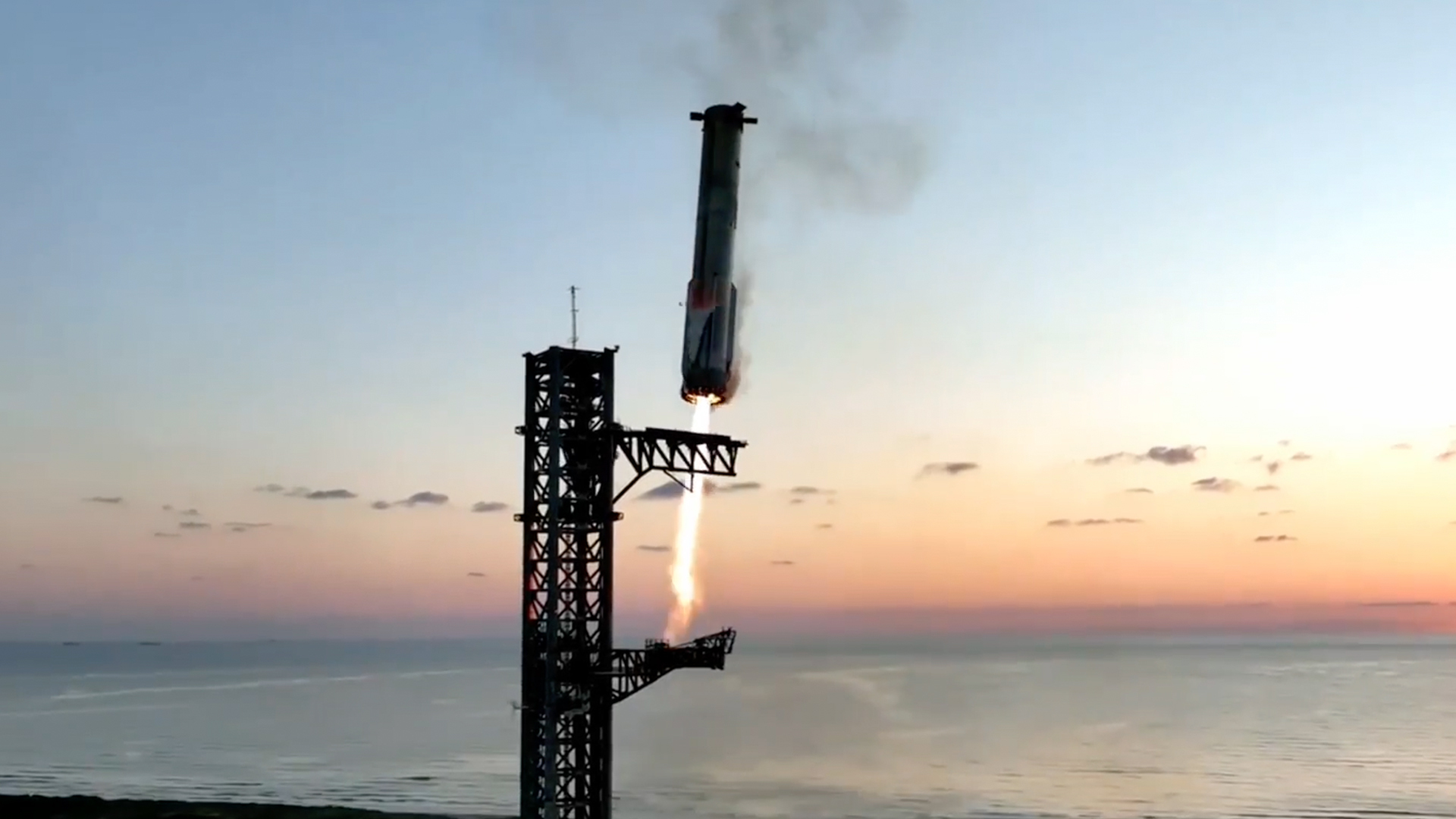
Image of the Day 2023 Archive
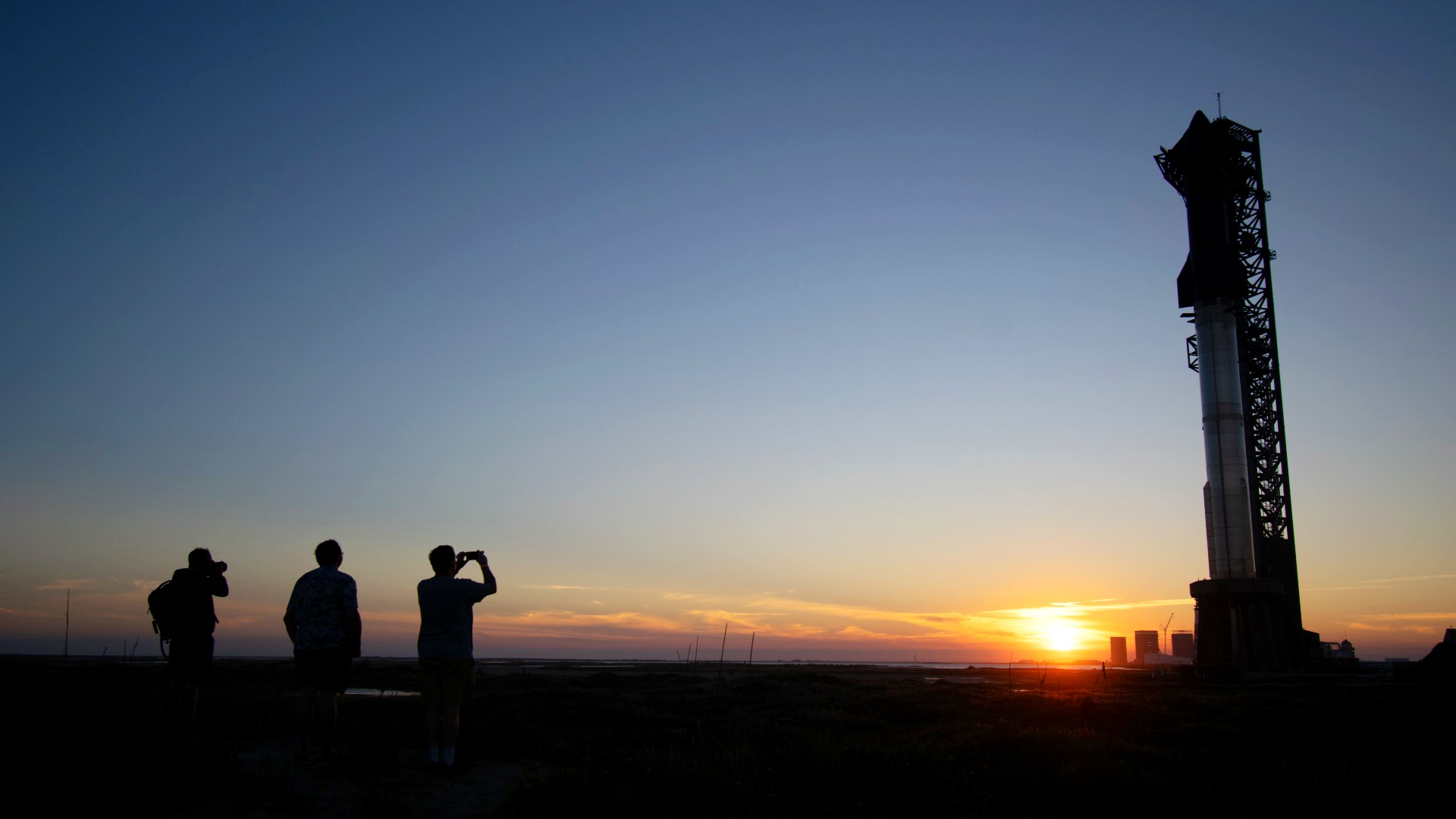
Image of the Day 2022 Archive
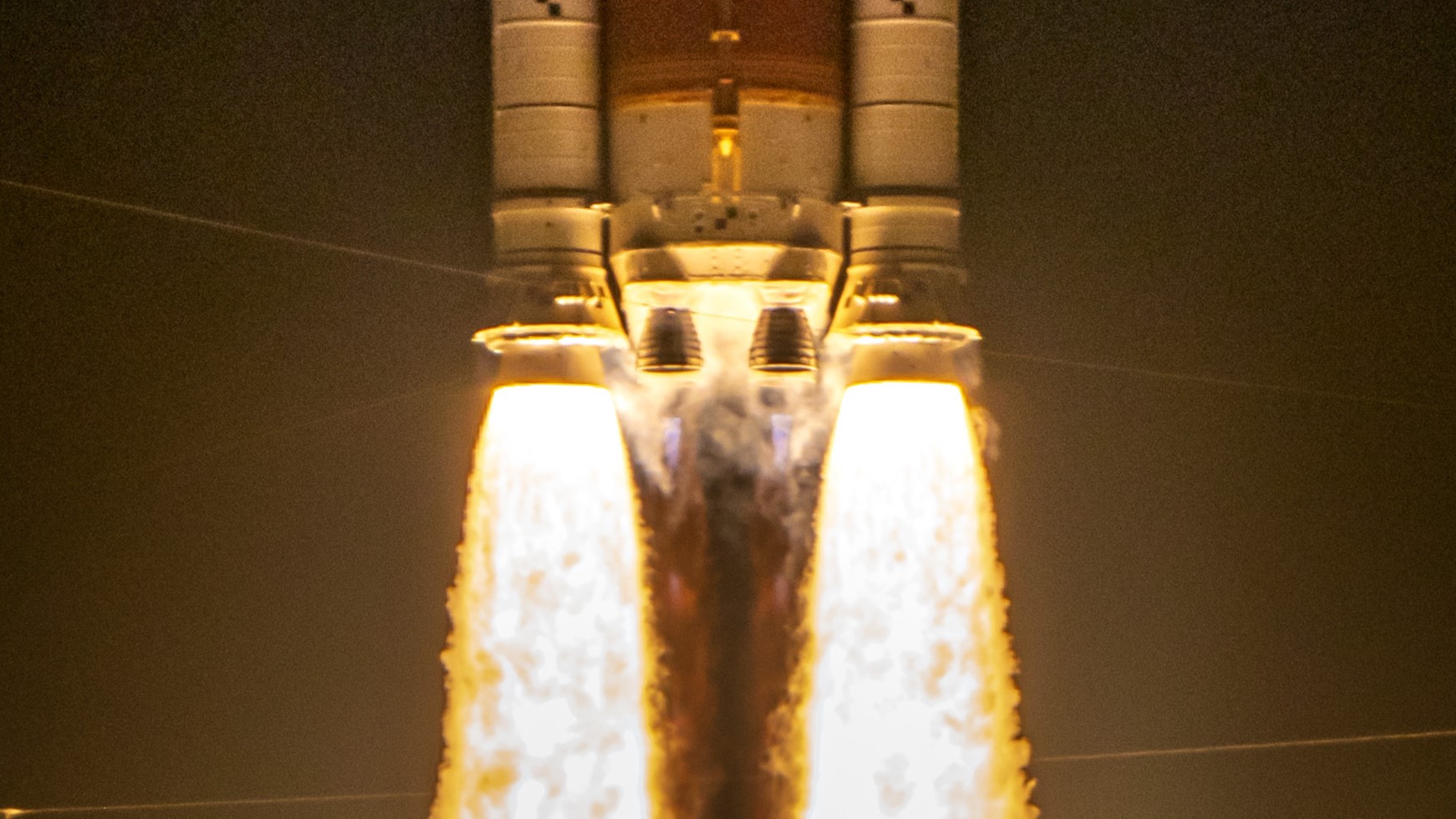
Image of the Day 2021 Archive
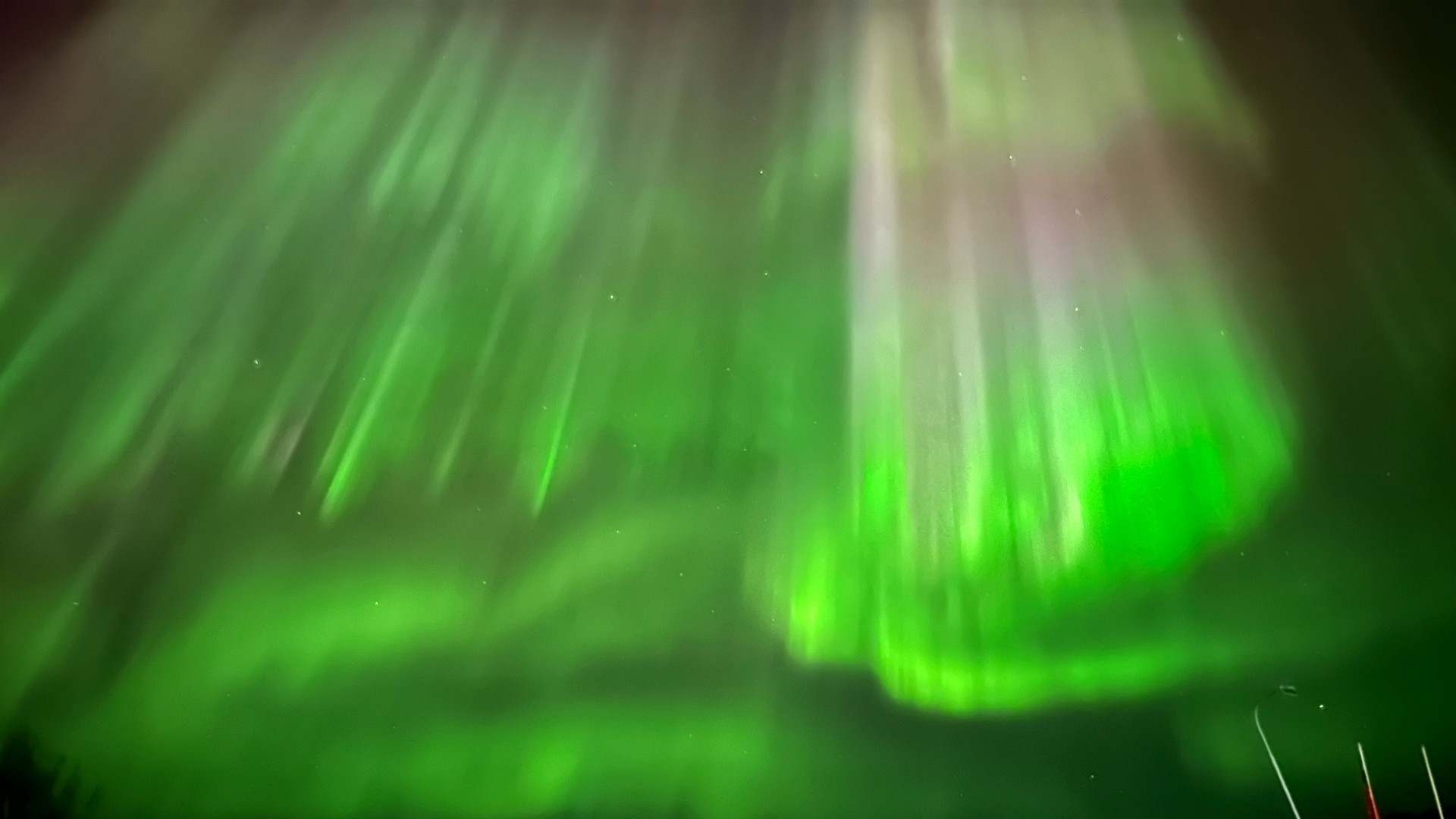
Image of the Day 2020 Archive
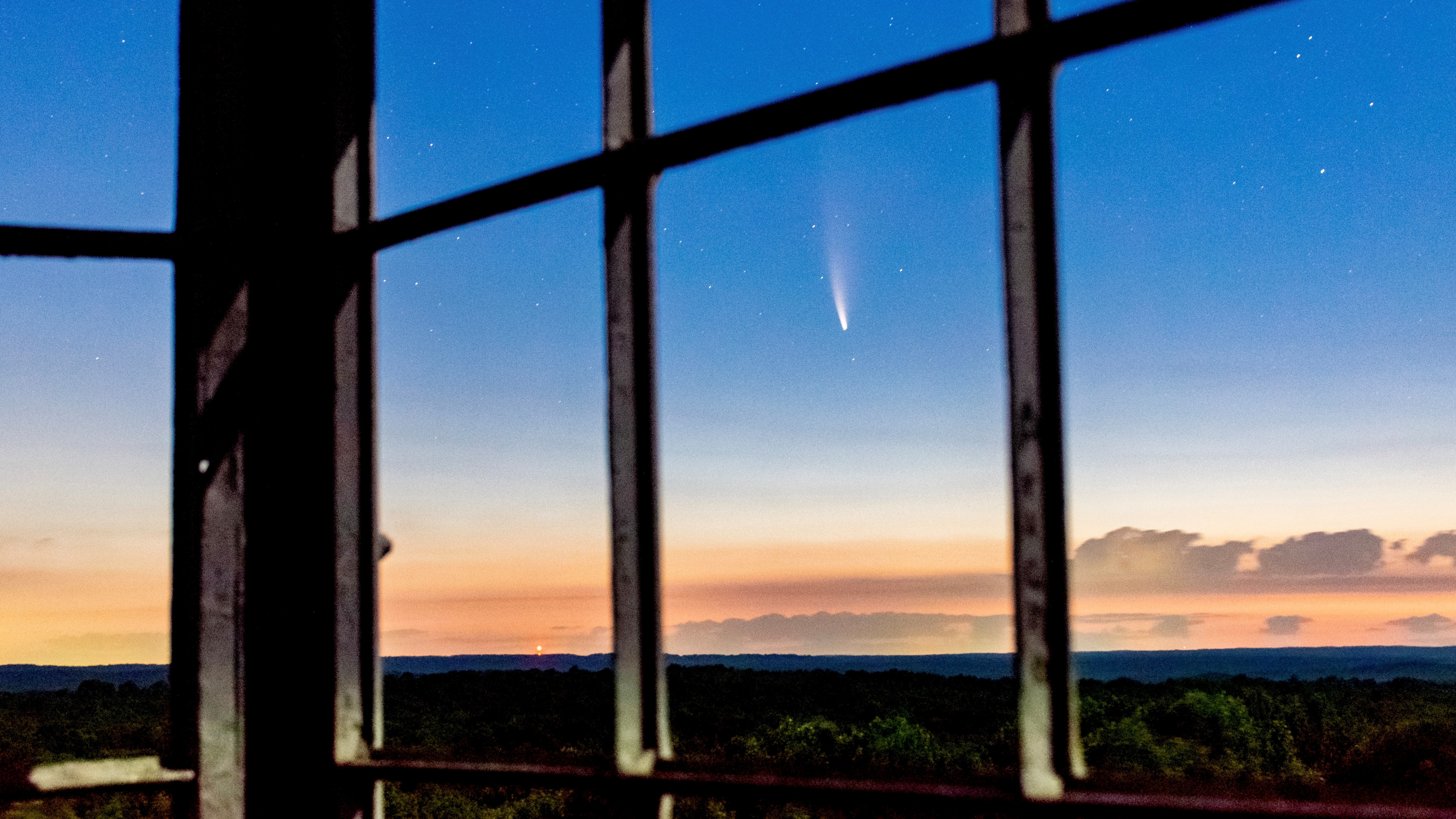
Image of the Day 2019 Archive

Join our Space Forums to keep talking space on the latest missions, night sky and more! And if you have a news tip, correction or comment, let us know at: community@space.com.

Space.com is the premier source of space exploration, innovation and astronomy news, chronicling (and celebrating) humanity's ongoing expansion across the final frontier. Originally founded in 1999, Space.com is, and always has been, the passion of writers and editors who are space fans and also trained journalists. Our current news team consists of Editor-in-Chief Tariq Malik; Editor Hanneke Weitering, Senior Space Writer Mike Wall; Senior Writer Meghan Bartels; Senior Writer Chelsea Gohd, Senior Writer Tereza Pultarova and Staff Writer Alexander Cox, focusing on e-commerce. Senior Producer Steve Spaleta oversees our space videos, with Diana Whitcroft as our Social Media Editor.
-
rod ReplyThe Exoplanets Channel said:The images are truly breath-taking.
The Exoplanets Channel, what star and reddish exoplanet is shown in your picture, looks like about 8" angular separation? I use this site as my canonical reference to exoplanets, The Extrasolar Planets Encyclopaedia Currently 4150 exoplanets are listed. -
swiggly ReplyThe Exoplanets Channel said:The images are truly breath-taking.
My Comet Image:
Neowise -
rod Reply
This is a very good image here. In enjoyed some recent views of NEOWISE using my 90-mm telescope at 40x early, shortly after 0415 EDT. Bifurcated tail obvious too.swiggly said:My Comet Image:
Neowise -
Helio The IOD image for yesterday of the Veil nebula is stunning! The graphics are such that it's almost as if it has an oil film on top. It has both 3D and texture feel to it.Reply -
Astro.Letizia I hope they start posting these daily again! I always start my day off with the newest image but it's been a couple of months now :(Reply








